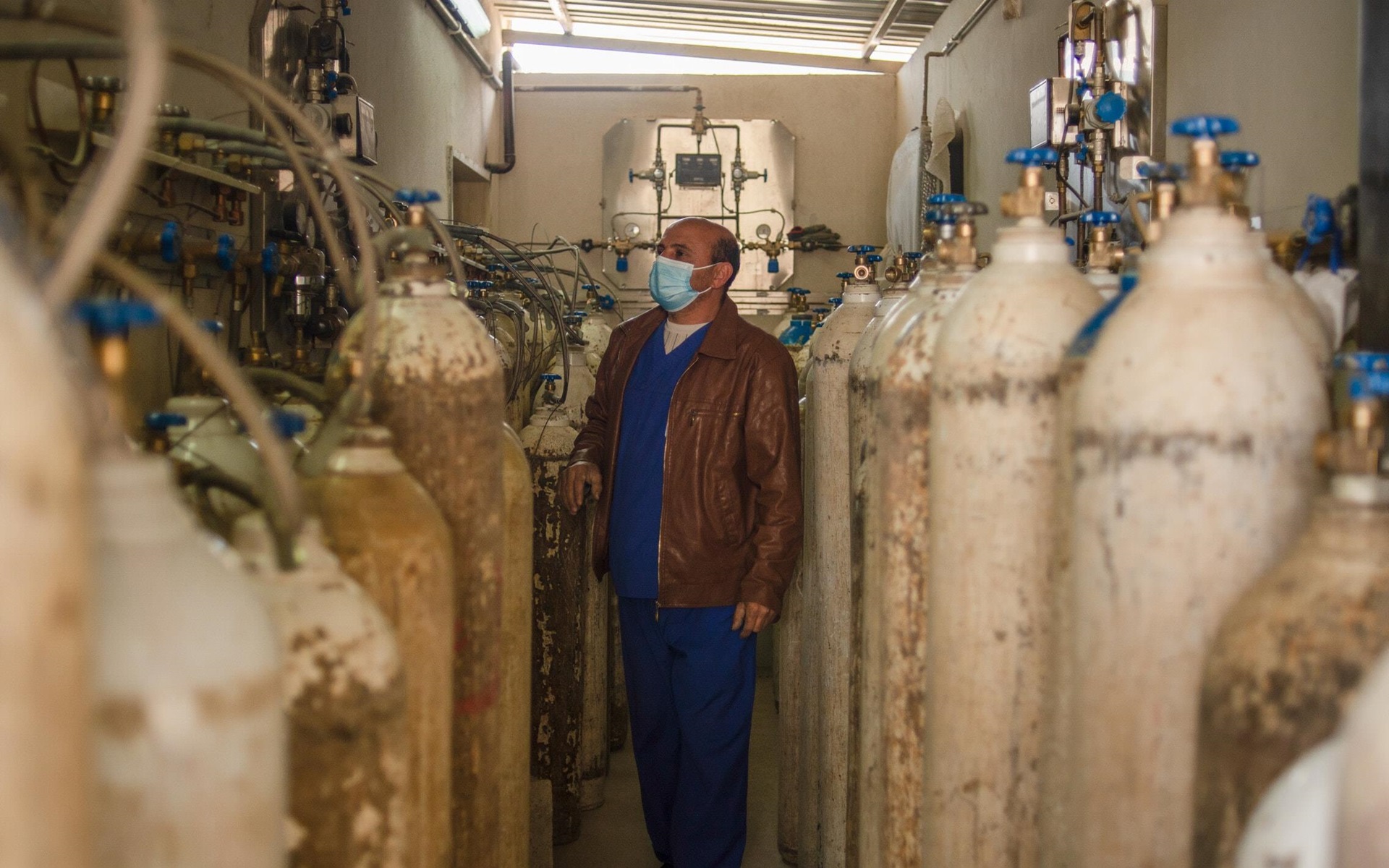Specially designed survey to estimate oxygen requirement for COVID-19 patients
Severe illness in COVID-19 can result in dyspnoea, which is often accompanied by hypoxemia. Patients with severe acute respiratory distress syndrome, sepsis or septic shock require supplemental high-flow oxygen and need close monitoring for worsening respiratory status.
During the acute phase of the pandemic, health care systems are often overburdened with critical patients requiring oxygen as an important element of clinical management. Hospital administrations, health care personnel, the Ministries of Health, central and state governments and other institutions need to find ways of ensuring sustainable supplies of oxygen to manage the increase in patient load.
SEARO-IMAI oxygen survey for district and regional hospitals
To support the facility level planning and management of oxygen supplies, the Health Emergency Programme of the Regional Office for WHO South East Asia Region and the Integrated Management of Adult and Adolescent Illness (IMAI) Alliance jointly developed the SEARO-IMAI Oxygen Survey Tool - Guide (14 April 2020). The tool was finalized with a view to providing clarity on these issues through a scientific process and is based on previous IMAI tools and experience gained from other resource constrained settings from across the globe, making it particularly relevant for the WHO’s South east Asia region.
The e-survey was designed for use by central and regional/provincial hospitals, especially those without an intensive care unit. The Guide was developed in Excel format so that it could be easily and quickly adapted and administered, with in-built formulae for calculations.
The tool provides easy-to-understand information in a tabulated form showing calculations for the one-day requirement of O2 for a patient receiving various flow rates of oxygen (litres/minute), where this is known; estimating how much oxygen would be required for possible number of adults in the designated area where COVID-19 patients are diagnosed along with other critical information.
The tool can prove to be extremely handy more so where technical expertise is lacking. The tool will guide hospitals in a systematic manner, as they fill out the survey by walking through emergency rooms and wards, making a note of available oxygen sources and delivery devices, looking at rosters and staff lists to count the number of staff, while providing inputs for discussion with senior clinicians about staff training.

18 March 2021. Technician Rida Mohammed Amer examines oxygen cylinders at the isolation centre in Misrata Medical Centre, Misrata, Libya.
